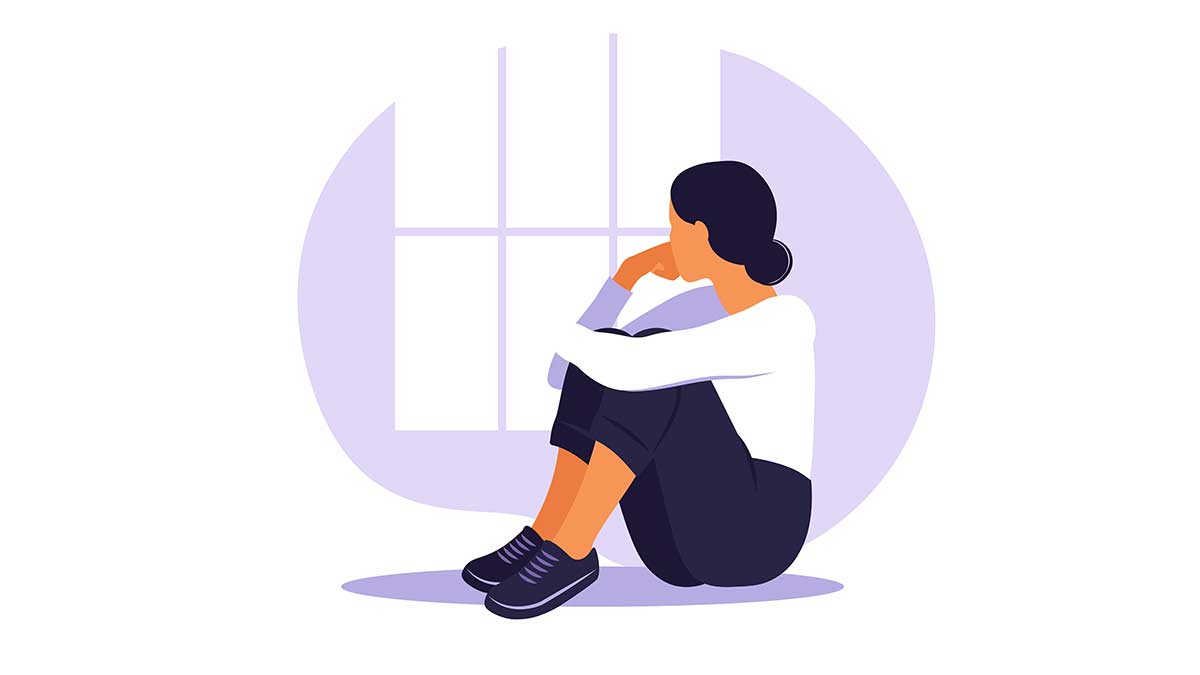
Having conversations about loneliness at work can be seen as ‘taboo’ or difficult, but occupational health professionals are often ideally placed to help staff open up so they can get the support they need, writes Professor Lynda Holt.
If you work in an occupational health and wellbeing role, you know it is not as simple as “build it and they will come”.
General conversation around mental wellbeing and loneliness may have increased since the pandemic began, but it is still daunting for an employee to admit when they are struggling, especially when their worries are work-related.
Mental Health UK states that around 23% of people believe loneliness has affected their mental health at work. Commonly cited reasons people felt unable to talk about loneliness included: time, not feeling comfortable talking to their line manager, and the culture in their place of work. On the other hand, access to trusted support and feeling safe to have conversations made talking about loneliness more bearable.
How do you start conversations about subjects like loneliness, that might feel taboo to the person you are trying to help? Having spent many years as a nurse in emergency departments, I believe a combination of good detective work and genuine human connection can be a health professional’s best assets.
Getting to the heart of the issue
Most people arrive with a collection of sometimes disparate symptoms; maybe an idea of what they want, or even a Google diagnosis. Sometimes they have simply been sent by their manager and don’t really want to talk to you at all. Your role is to get to the heart of their concerns and help them take the next step in their journey to feeling better.
Embracing your inner detective can help you to navigate what’s being said and, perhaps more crucially, what’s not being said.
The stigma around loneliness is deeply entrenched; after all, humans are social beings, so connecting with each other and ‘being part of something’ – whether that is family, work groups or social groups – is important to us. Admitting we are lonely can often feel tantamount to saying there‘s something wrong with us as a person, so often we don’t. We learn to conform, to fit in and to do what’s expected, all the time paying the price in terms of self-worth, confidence and, ultimately, physical and mental health.
Human connection
Genuine connection – not being the ‘professional’ but a fellow human – is what enables us as health professionals to start and sustain conversations around loneliness.
The nub of loneliness is this deep sense of disconnectedness, of not belonging, of not feeling valued. Conversations or proposed solutions that don’t feel relevant or personal can compound this disconnection.
Genuine human connection involves meeting people where they are, developing a safe environment to talk about their worries, and then gently leading them to a more helpful place. This takes trust, commitment and the ability to listen.
Conversations or proposed solutions that don’t feel relevant or personal can compound this disconnection.”
Meeting people where they are can be difficult, especially in a time-pressured, solution-driven world. It is however, your fast track to connected therapeutic conversation. It involves listening to a person’s experiences and resisting the temptation to fix, judge, collude or one-up those experiences. Your purpose here is to pay attention, seek to understand and create rapport or connection.
Making it safe is about trust, credibility and boundaries. Start with the latter; be really clear about what they can expect, about where your role begins and ends, and about where the boundaries of confidentiality lie. What you share with an individual’s line manager will depend on the circumstances of your consultation, your professional responsibilities or code of practice, and possibly the industry you work in and your conclusions around the person’s ability to do their job. When someone knows where the boundaries of confidentiality lie, they can make an informed choice about what they wish to disclose.
Once people are clear about boundaries, you can dive deeper into creating psychological safety. This occurs when people feel they can speak their mind, ask questions and admit mistakes without fear of repercussions. Your role is to be honest, be reliable, and only make commitments that are your gift to deliver.
Leading people to a more helpful place is only possible once they trust you and they feel safe enough to follow your guidance, so tread gently. Guide the conversation to give them space to talk, express emotion, and examine their behaviour and feelings. Your aim is to amplify self-awareness – where might they be feeling most lonely? Are there particular people or situations that make it better or worse? What would improve their sense of connectedness?
Then, together, look at what is possible, what they might be prepared to do or stop doing, who they need help from and how they will know it’s helped.
This is an iterative process, often slow, sometimes messy and you may feel you are making no difference.
Remember, tackling loneliness is huge. It demands that we focus on organisational connectedness and belonging, not just workplace wellbeing, so you may need to work with leaders and managers to consider how some aspects of workplace culture may contribute to feelings of loneliness.
Most critically, ensure you are looking after yourself. Ensure you, as an occupational health professional, also have places where you can safely offload and process the things you experience at work, and know that, by simply holding space for someone to connect, you are making a difference.
For all the latest Health News Click Here
For the latest news and updates, follow us on Google News.
